Yogyakarta Travel Guide: Local Insights into Indonesia’s Cultural Heart
Planning a trip to Yogyakarta and hoping to experience it through the eyes of someone who was born and raised here? If you’re looking for authentic insights, hidden corners, and that deep cultural pulse that makes Jogja unlike anywhere else in Indonesia, this guide is for you.
Beyond the UNESCO temples and famous streets, I’ll take you through the Jogja I grew up in — the one shaped by royal traditions, centuries-old artistry, and a cultural rhythm that lives quietly yet powerfully in our everyday life. From navigating lively markets to savoring street snacks, from understanding local customs to discovering the philosophy behind the city’s layout, I want to help you explore Yogyakarta with not just curiosity, but connection.
Yogyakarta at a Glance: History & Culture
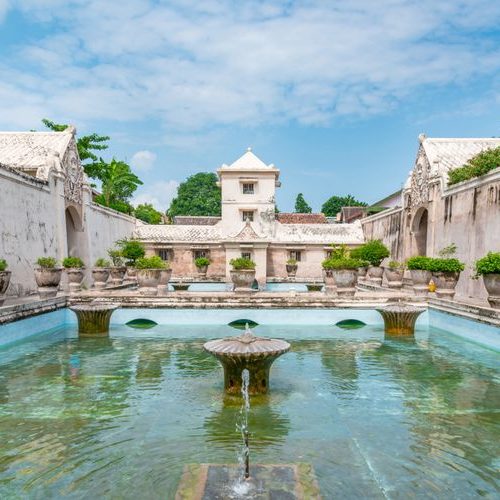

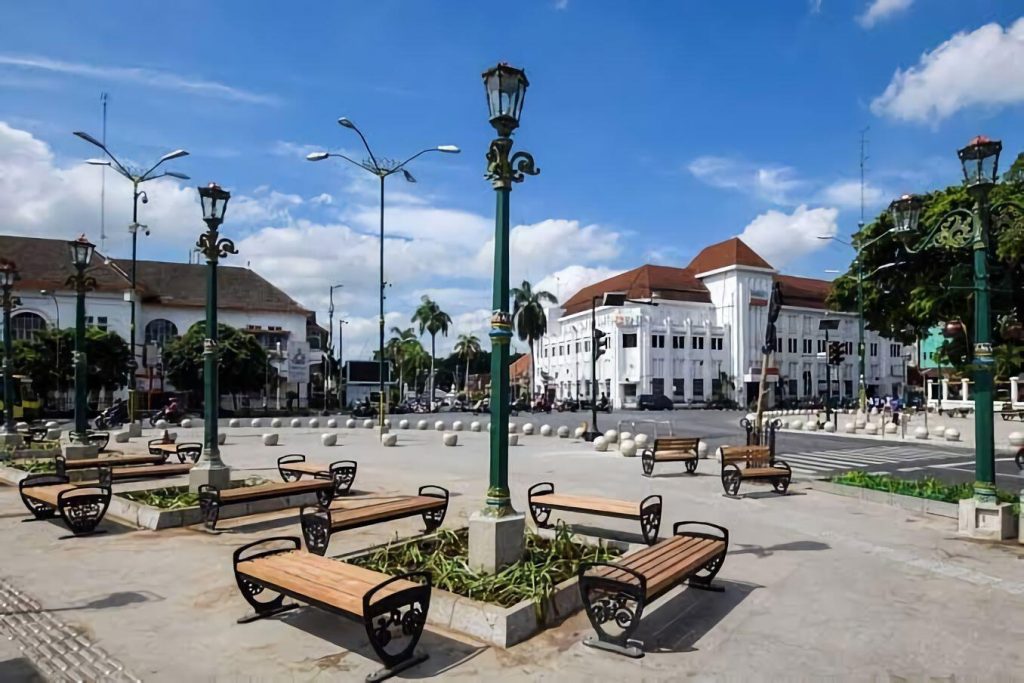
Yogyakarta has been a center of power and creativity for centuries. Once the seat of the Mataram Sultanate, the city remains a Special Region in Indonesia, where the Sultan still holds a symbolic role in governance. It’s also one of the few places in the country where ancient traditions live alongside modern life in a natural, unforced way.
Jogja is often called Indonesia’s cultural capital, famous for batik (a traditional cloth dyed using a wax-resist technique), gamelan music (an ensemble of bronze instruments played in slow, meditative layers), wayang kulit (performed with leather puppets behind a screen, accompanied by gamelan), and traditional dance. The people here are known for being ramah (friendly) and halus (refined), valuing politeness and harmony. If someone greets you with “mau ke mana?” (“where are you going?”), it’s not prying, it’s simply our way of saying hello.
Stories That Shape the City
Kotagede: The Silver Village with Royal Roots

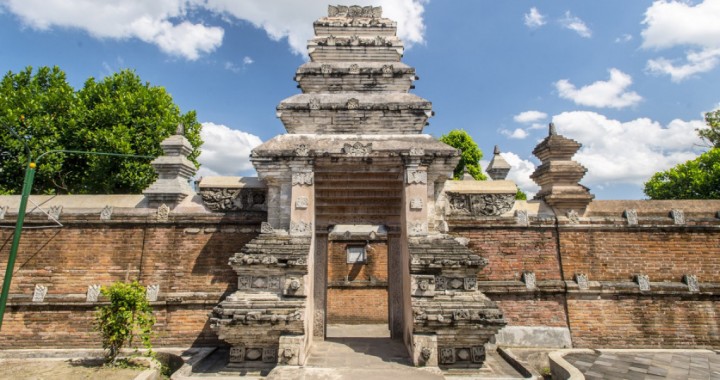
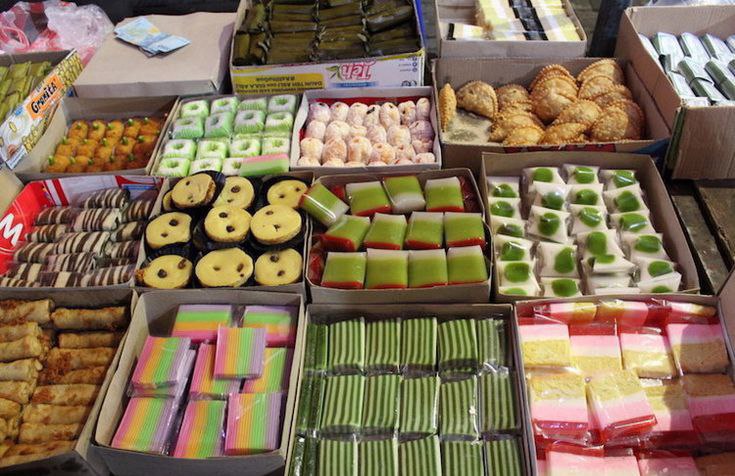
Before it became famous for silverwork, Kotagede was the capital of the Islamic Mataram Kingdom in the 16th century. Walking its narrow lanes, you’ll see traditional joglo houses, ancient mosques, and the royal cemetery. The craft of silver-making came later, passed down through generations until Kotagede became the city’s shining artisan hub. Even if you don’t buy jewelry, watching the silversmiths at work, bending, carving, and polishing intricate designs is mesmerizing.
Meanwhile in Kotagede’s traditional market, you’ll find vendors selling a tempting variety of local snacks, each bursting with authentic flavors and well worth a taste.
Gedung Agung: When Yogyakarta Was Indonesia’s Capital

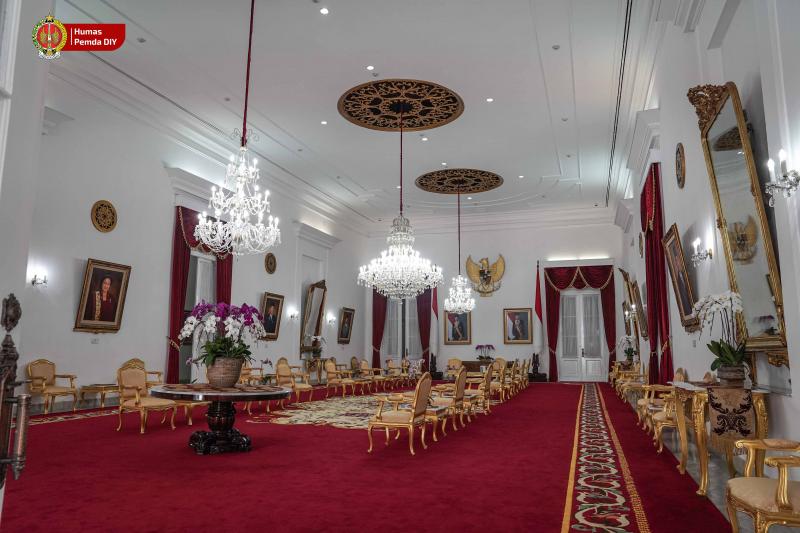
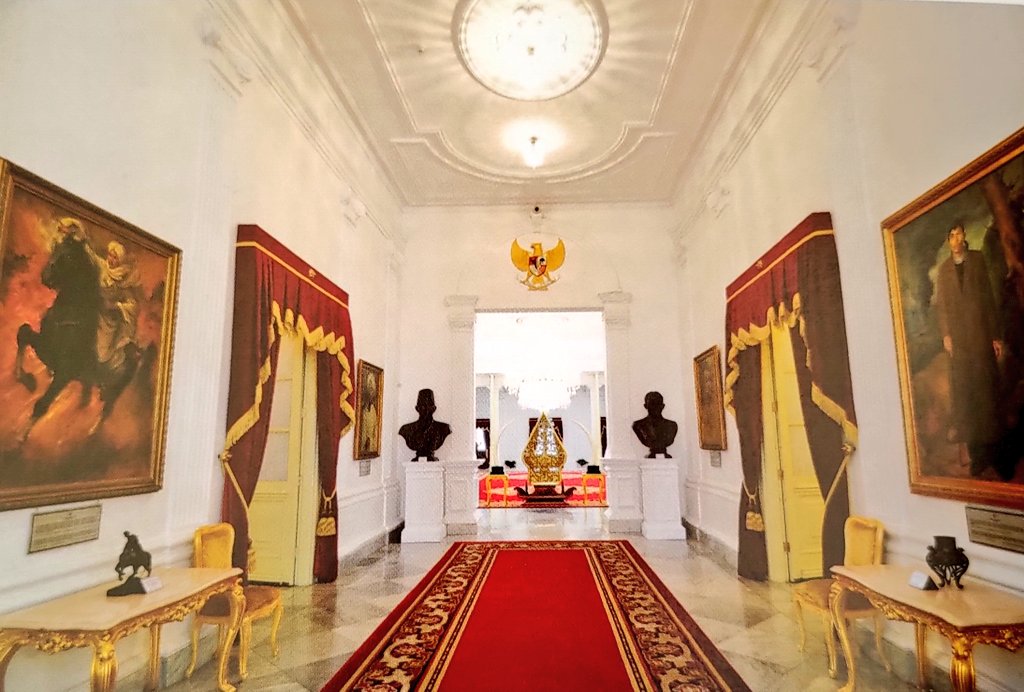
From 1946 to 1949, during the struggle for independence, Yogyakarta became Indonesia’s temporary capital. Gedung Agung — our Presidential Palace — was the center of political life. My elders still talk about those years with pride, remembering how Jogja sheltered the young republic when its future was uncertain.
Today, the palace still hosts official events, and during Indonesian Independence Day, its gates open to the public.
Malioboro: The Historic Heartbeat of Yogyakarta

This iconic street has been the heart of Yogyakarta for centuries. The street’s name is believed to come from the Sanskrit Malyabhara, meaning “garland of flowers,” reflecting its role as a ceremonial route. In the mid-18th century, when the Yogyakarta Sultanate was founded, Malioboro became the royal road connecting the Kraton (palace) to Tugu Yogyakarta in the north. Colonial times brought Dutch architecture, military posts, and European-style shops alongside traditional markets, creating a unique cultural mix still visible today.
Over the years, Malioboro evolved into a bustling hub for traders, artists, and political movements, especially during Indonesia’s struggle for independence, when it became a gathering point for freedom fighters. Today, it remains a vibrant blend of history, commerce, and street life, where modern storefronts stand beside heritage buildings and batik stalls.
But Malioboro isn’t just for shopping, it’s also where the city comes alive during festivals:
- Sekaten Festival – Celebrating the Prophet Muhammad’s birthday with gamelan music, night markets, and cultural performances.
- Jogja Fashion Carnival – A parade of extravagant costumes inspired by traditional and modern styles.
- Independence Day Parade (August 17) – A burst of red and white flags, street games, and community celebrations.
If you’re here during one of these events, prepare for crowds, color, and a joyful chaos that’s pure Jogja.
The Imaginary Axis: Mountain to Sea

One of my favorite parts of Javanese philosophy is the city’s imaginary axis, a straight line connecting Mount Merapi in the north, the Kraton (Sultan’s Palace), Kandang Menjangan (a place used by the Mataram Kings as a lookout for hunting animals, especially deer or ‘menjangan’), and the South Sea in the south. This alignment isn’t accidental; it reflects a cosmic balance between the spiritual and physical worlds.
Merapi represents the realm of the gods, the Kraton is the human world, and the South Sea is home to Ratu Kidul, the Queen of the Southern Ocean. In Javanese belief, the Sultan’s role is to maintain harmony between these realms. Walking along Malioboro Street, you’re actually on part of this sacred axis, something most travelers never realize.
Highlights of Yogyakarta
- Borobudur Temple – The world’s largest Buddhist temple, a UNESCO World Heritage Site, just over an hour from the city.
- Prambanan Temple – A majestic Hindu temple complex with intricate carvings and evening Ramayana ballet performances.
- Kraton (Sultan’s Palace) – The cultural heart of Jogja, home to royal traditions.
- Malioboro Street – Lively markets, street food, and festivals.
- Taman Sari Water Castle – Once the Sultan’s royal garden and bathing complex.
- Kotagede – Silver-making heritage and historical charm.
Beyond the city, you can explore Mount Merapi, serene rice fields, rural villages, and beaches. In fact, the southern coast of Yogyakarta stretches from Kulon Progo through Bantul to Gunung Kidul, offering a wide variety of beaches, each with its own character, rugged cliffs, soft white sands, hidden coves, and even black volcanic shores. These beaches are far less crowded than the famous ones in Bali, making them perfect for a peaceful escape. Not far from the coastline, you’ll also find many hidden caves, some with underground rivers for cave tubing, others requiring you to rappel down vertical shafts for a thrilling adventure. These are the kinds of places that make you wish you could linger longer in Jogja… and trust me, you should. We’ll share more about these hidden gems in a future guide. Stay tuned!
Local Customs & Etiquette in Yogyakarta
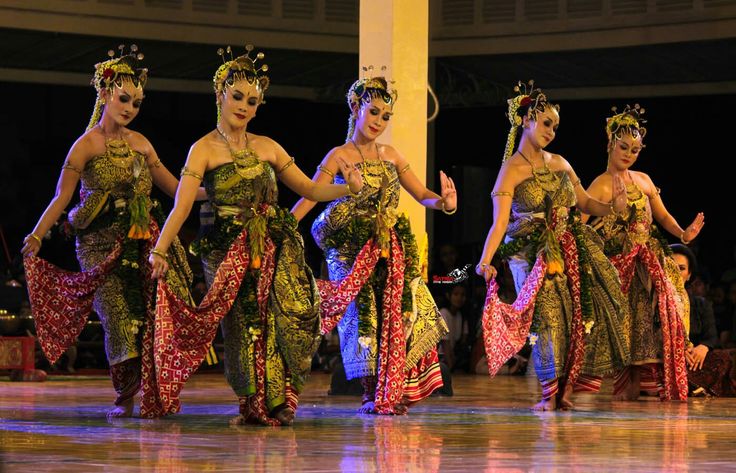
Life in Yogyakarta flows with a rhythm of courtesy, patience, and understated elegance. Locals are known for their alus (refined and gentle) manner—an ideal rooted in Javanese philosophy, where harmony and respect are valued above confrontation. This elegance is often compared to the grace of Javanese dance: every gesture measured, every movement imbued with meaning. When greeting someone, a warm smile and a slight nod go a long way; handshakes are common, but often softer than in the West.
Modesty in dress is appreciated, especially when visiting temples, royal compounds, or rural villages, covering shoulders and knees is a sign of respect. When receiving or giving something, use your right hand or both hands, never the left alone.
In traditional settings, you may hear softer, more poetic speech forms in the Javanese language, especially when addressing elders or people of higher status. Even if you can’t speak Javanese, a few simple phrases like monggo (“please/go ahead”) or matur nuwun (“thank you”) will warm hearts.
Food is often enjoyed slowly, with conversation; finishing all the food on your plate is polite, as it shows appreciation. And perhaps the most important custom, never lose your tepa selira (consideration for others). In Jogja, kindness is not just a gesture; it’s a way of life.
“Only in Jogja” Traditions You’ll Notice
Jogja’s daily life is full of subtle traditions that reflect its unique character. Here are a few you’ll quickly notice when spending time in the city:
- Special Kraton Greetings – When you meet palace servants (abdi dalem) or elders connected to the royal court, you might see people bow slightly with hands pressed together in a prayer-like gesture. It’s a sign of deep respect in Javanese court culture.
- Polite Market Bargaining – Unlike in some cities where bargaining is quick and loud, Jogja’s market negotiations are almost a gentle dance. Smiling, using monggo, and chatting a little before naming your price can make all the difference.
- Night Strolls on Malioboro – Locals love ngleres (leisurely strolling) along Malioboro at night, chatting with street vendors, enjoying dinner lesehan way (sitting cross-legged on the ground), and listening to live street music. It’s all about the vibe and feeling like you’re part of the community.
- Gotong Royong Spirit – In neighborhoods, you’ll often see people working together to clean streets, repair facilities, or prepare food for a celebration. Visitors who participate are warmly welcomed.
Taste of Jogja: Local Dishes You Must Try


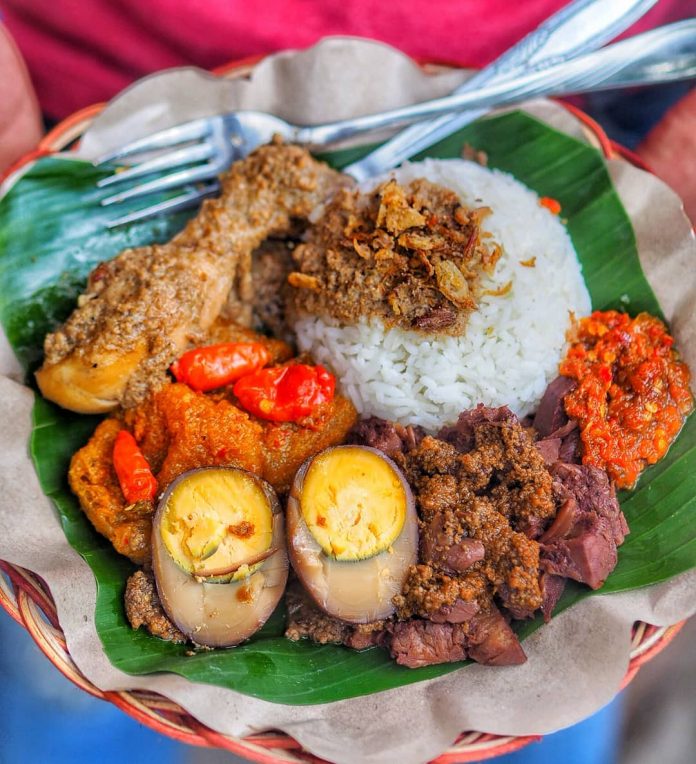
Yogyakarta’s flavors are as rich as its culture, with local dishes that blend sweet, savory, and spicy in unforgettable ways. Here are some you shouldn’t miss:
- Gudeg – Young jackfruit stew simmered in coconut milk and spices, served with rice, chicken, and egg.
- Bakpia Pathok – Sweet mung bean pastries, perfect as gifts.
- Sate Klathak – Lamb satay grilled on iron skewers for an even cook.
- Wedang Ronde – Warm ginger tea with glutinous rice balls, perfect on a cool evening.
- Kopi Joss – Coffee served with a lump of hot charcoal—don’t worry, it’s safe and surprisingly smooth.
Important Honest Tips (from a local)
- Beware of pickpockets in crowded areas like Malioboro and the Kraton area.
- Jogja is generally safe, but a few scams exist — overpriced tours, “fake” batik shops, pushy street guides.
- Always travel smart: keep valuables secure, check prices first, and trust your instincts.
I’m not proud these things happen, but being honest helps you enjoy the city safely and confidently.
Why Yogyakarta Will Always Feel Like Home
If you visit Jogja, I hope you don’t just see it — I hope you really feel it. Because once you do, this city has a funny way of sticking with you long after you’ve gone. And if you ever hear a random gamelan sound in the middle of the night — the kind that seems to come from everywhere no matter how much you try to follow it — locals like to say it’s Jogja welcoming you, or reminding you that you’re already at home.
There’s another old legend too: if you touch Tugu Jogja, the city’s iconic white monument, fate will somehow guide you back here one day. Whether you believe in myths or not, Jogja has that kind of pull — gentle, mysterious, and unforgettable.
Ready to turn these insights into unforgettable experiences? Check out The Best Tours and Things To Do in Yogyakarta 2025, guide for the best ways to explore temples, caves, beaches, and more.

Deti Lucara
Writer | FounderA writer and traveler from Indonesia, and the founder of thecharmingworld.com — a space born from my love for art, culture, and human connection. I created it for kindred souls who believe that beauty lives in curiosity, wonder, and the stories we share along the way.

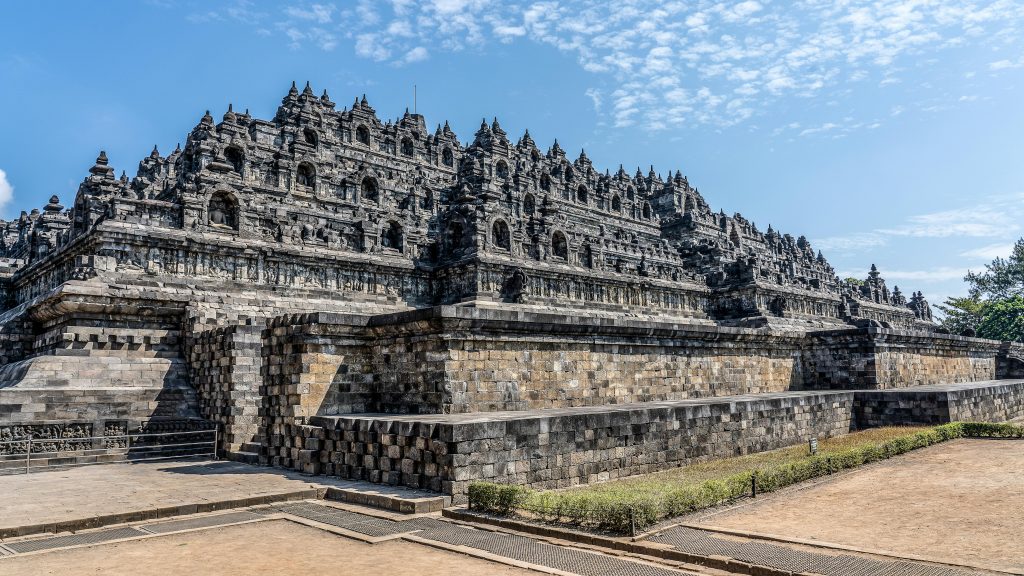
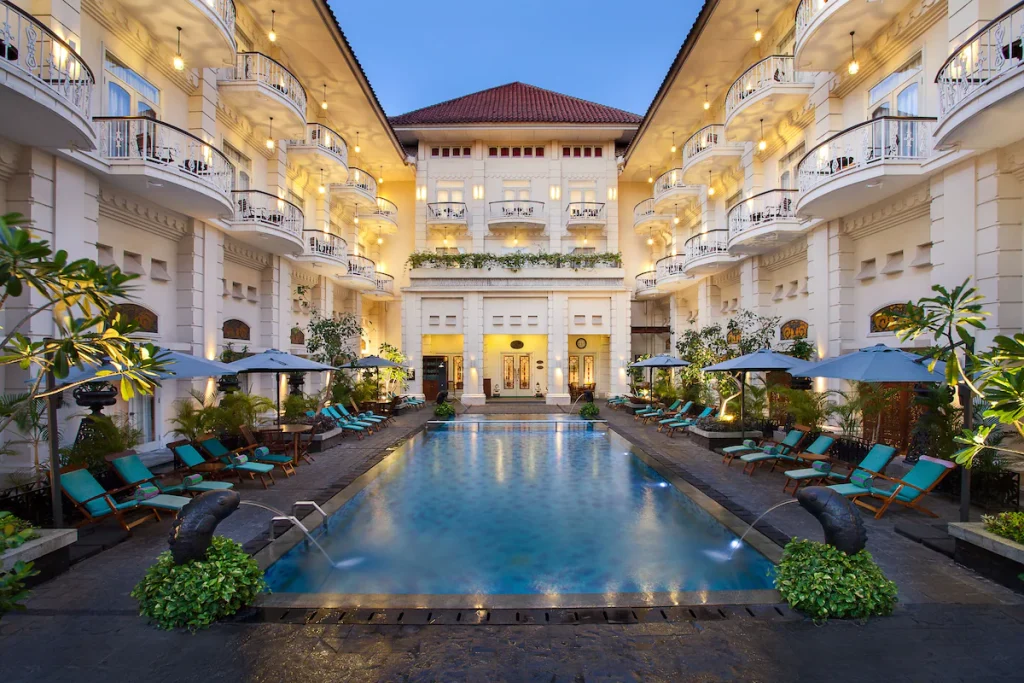
Jogja is my favorite city in Indonesia! I lived there for a few months when I took student exchange program. Was definitely unforgetable experience! I would like to go back there again for vacation.
That sounds wonderful! Jogja really has a way of staying in the heart, doesn’t it? Please do visit again. There’s always something new to discover, even if you’ve lived there before 🙂